Introduction
Cooking fresh broad beans, also known as fava beans or horse beans, is a delightful culinary endeavor that can bring a burst of fresh, earthy flavor to any meal. These legumes are not only nutritious but also versatile, making them a staple in many cuisines worldwide. However, achieving the perfect cooking time for fresh broad beans can be a bit of a challenge, especially for those who are new to cooking these delightful legumes. In this comprehensive guide, we will explore the various factors that influence cooking time, provide practical tips for cooking fresh broad beans, and offer a range of delicious recipes to inspire your culinary creativity.
Understanding Fresh Broad Beans
Before diving into the cooking process, it’s essential to understand the unique characteristics of fresh broad beans. These legumes have a tough outer pod that protects the edible beans within. The beans themselves can range from tender and sweet when young to starchier and more fibrous as they mature. Fresh broad beans are typically harvested in the spring and early summer, making them a seasonal delight.
When selecting fresh broad beans for cooking, look for pods that are firm, bright green, and free of blemishes or discoloration. The beans inside should be plump and evenly colored. Avoid pods that are wilted, have spots, or feel overly dry, as these indicators suggest that the beans may be past their prime.

Factors Influencing Cooking Time
Several factors can affect how long it takes to cook fresh broad beans to perfection. These include:
- Age and Maturity of the Beans: Younger, tender beans will cook faster than older, more mature beans.
- Size of the Beans: Larger beans may take longer to cook through compared to smaller ones.
- Cooking Method: Boiling, steaming, roasting, or stir-frying can all impact the cooking time.
- Desired Texture: Some recipes may call for creamy, tender beans, while others prefer a firmer texture.
- Altitude and Climate: Cooking times can vary slightly based on where you live, as altitude and climate can affect the boiling point of water and the overall cooking environment.
Boiling Fresh Broad Beans: A Step-by-Step Guide
Boiling is one of the most straightforward and popular methods for cooking fresh broad beans. Here’s a step-by-step guide to ensure your beans are cooked to perfection:
-
Preparation: Begin by rinsing the fresh broad beans under cold running water to remove any dirt or debris. Carefully snap or cut off the ends of the pods, then pull or peel the pods open to remove the beans. Discard the pods or save them for composting.
-
Sorting and Trimming: Once the beans are removed, inspect them carefully. Remove any beans that are discolored, shriveled, or damaged. Trim off any tough or stringy parts if necessary.
-
Boiling Water: Fill a large pot with enough water to fully submerge the beans. Add a pinch of salt to the water, as this will enhance the flavor of the beans. Bring the water to a rolling boil over high heat.
-
Cooking Time: Add the prepared beans to the boiling water. Reduce the heat to maintain a gentle simmer. For tender, creamy beans, cook for about 3 to 5 minutes. If you prefer a firmer texture, cook for 2 to 3 minutes. Keep in mind that the cooking time may vary slightly based on the factors mentioned earlier.
-
Testing for Doneness: To check if the beans are cooked to your liking, remove a few beans from the pot with a slotted spoon. Let them cool slightly, then taste them. They should be tender but not mushy. If they are still too firm, cook for an additional minute or two and test again.
-
Draining and Serving: Once the beans are cooked to perfection, remove them from the pot using a slotted spoon or colander. Drain well to remove any excess water. Serve immediately while hot, or use them in your favorite recipes.
Alternative Cooking Methods
While boiling is a straightforward and effective way to cook fresh broad beans, there are several alternative methods that can add variety and flavor to your dishes.
Steaming
Steaming is a healthy cooking method that preserves the natural flavors and nutrients of the beans. To steam fresh broad beans:
- Prepare the beans as described in the boiling method.
- Fill a steamer pot or basket with an inch or two of water and bring it to a boil.
- Place the prepared beans in the steamer basket, cover, and steam for about 5 to 7 minutes, or until tender.
- Serve immediately.
Roasting
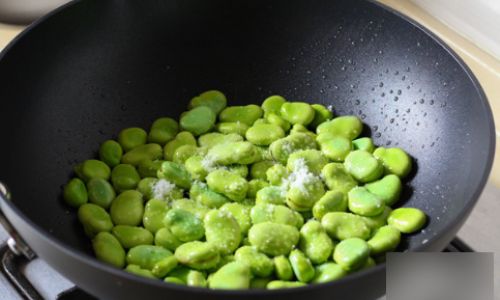
Roasting broad beans brings out their natural sweetness and creates a delightful crunchy texture. To roast fresh broad beans:
- Preheat your oven to 400°F (200°C).
- Prepare the beans by removing them from their pods but leaving the outer skin on (optional).
- Toss the beans with a bit of olive oil, salt, and pepper on a baking sheet.
- Roast for about 15 to 20 minutes, stirring occasionally, until the beans are tender and lightly browned.
- Serve warm as a snack or side dish.
Stir-Frying
Stir-frying fresh broad beans is a quick and easy way to incorporate them into a variety of dishes. To stir-fry broad beans:
- Prepare the beans by removing them from their pods.
- Heat a tablespoon of oil in a large skillet or wok over medium-high heat.
- Add minced garlic, ginger, or other aromatics (optional). Stir-fry for about 30 seconds until fragrant.
- Add the prepared beans to the skillet. Stir-fry for about 3 to 5 minutes, or until the beans are tender and lightly browned.
- Season with salt, pepper, and any other desired spices or sauces.
- Serve immediately.
Recipes Inspired by Fresh Broad Beans
Now that you know how to cook fresh broad beans to perfection, let’s explore some delicious recipes that showcase their unique flavor and versatility.
Broad Bean and Pasta Salad
Ingredients:
- 1 pound (450 grams) fresh broad beans, cooked and peeled
- 8 ounces (225 grams) penne or other pasta, cooked al dente
- 1/2 cup (120 milliliters) olive oil
- 3 tablespoons lemon juice
- 2 cloves garlic, minced
- 1 teaspoon Dijon mustard
- Salt and pepper to taste
- 1/4 cup (25 grams) grated Parmesan cheese
- 1/4 cup (30 grams) chopped fresh parsley
Instructions:
- In a large bowl, combine the cooked broad beans and pasta.
- In a small bowl, whisk together the olive oil, lemon juice, garlic, Dijon mustard, salt, and pepper.
- Pour the dressing over the bean and pasta mixture. Toss to combine.
- Sprinkle with Parmesan cheese and parsley. Serve immediately.
Broad Bean and Ricotta Dip
Ingredients:
- 1 pound (450 grams) fresh broad beans, cooked and peeled
- 1 cup (240 grams) ricotta cheese
- 2 cloves garlic, minced
- Zest and juice of 1 lemon
- Salt and pepper to taste
- 2 tablespoons olive oil
- Fresh herbs (such as parsley, mint, or dill) for garnish
Instructions:
- In a food processor, combine the cooked broad beans, ricotta cheese, garlic, lemon zest, lemon juice, salt, and pepper.
- Process until smooth, scraping down the sides as needed.
- Drizzle in the olive oil and process until well combined.
- Transfer the dip to a serving bowl. Garnish with fresh herbs. Serve with pita chips, crusty bread, or vegetables.
Conclusion
Cooking fresh broad beans to perfection is a rewarding culinary endeavor that can elevate your meals to new heights. By understanding the factors that influence cooking time and experimenting with different cooking methods and recipes, you can unlock the full potential of these nutritious and versatile legumes. Whether you enjoy them on their own, incorporated into salads, dips, or main dishes, fresh broad beans are sure to become a favorite addition to your kitchen repertoire. So, the next time you find yourself with a bag of fresh broad beans, don’t hesitate to dive in and start cooking!
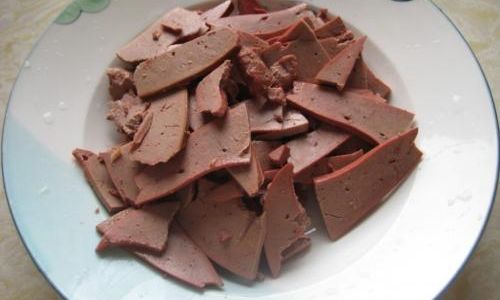
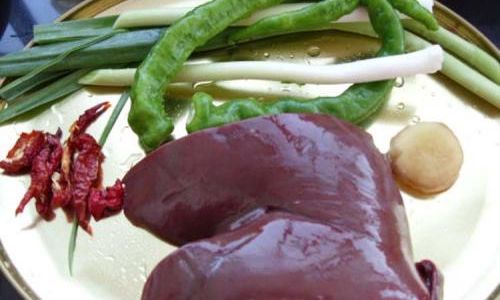
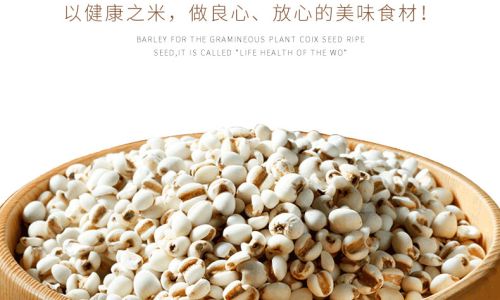

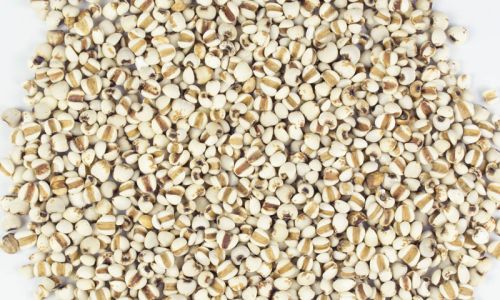
0 comments